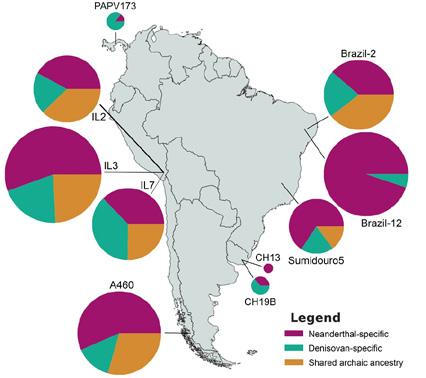
2 minute read
abc
Florida Atlantic University’s College of Education has received a $1.8 million grant from the U.S. Department of Education’s Office of English Language Acquisition to improve the quality of instruction for preschool-age English language learners and support their readiness for kindergarten.
The five-year project, in collaboration with the School District of Osceola County (SDOC), is titled “PRAISE, Preparing for Readiness and Academic Improvement for pre-School English Learners.” FAU is one of 44 institutions nationwide selected to receive this grant.
PRAISE develops, implements and evaluates a yearlong professional development containing two sequential components: a four-day summer institute for preschool educators and school leaders, and a monthly yearlong school readiness professional learning community. Researchers in the College of Education will provide professional development to paraprofessionals in pre-K classrooms located within SDOC schools.
“English learners in Florida and our nation face significant obstacles,” said Daniel Reyes-Guerra, Ph.D., associate professor in FAU’s Department of Educational Leadership and Research Methodology, and the principal investigator of PRAISE. “Together with our partners at the School District of Osceola County, PRAISE will help to prepare young students to develop their English language and literacy skills as a foundation for their future academic success. The goal is to facilitate their language learning so that they are on equal footing with their peers when they enter the classroom. We not only want them to excel in academics, we want them to be able to harness their language resources to successfully socialize with their peers, teachers and others.”
Complex Tale
Research Sheds Light on Migration

Routes of Ancient People in South America
The Americas were the last continents to be inhabited by humans, and current research points to a complex settlement process, especially for South America.
Using cutting-edge genetic analyses from the DNA of two ancient humans excavated in northeast Brazil, a team of FAU researchers has provided new insight into the migration patterns of people in South America.
Results of the study, published in the journal Proceedings of the Royal Society B. (Biological Sciences), suggest that in addition to the known north-south migration route, Indigenous populations also migrated from south to north, via the Atlantic coast.
To make this discovery, the scientists analyzed the genome for the two individuals, who lived about 1,000 years ago. Their DNA was then compared with the genomes of modern-day Brazilians living in both the northeast and southeast parts of the country, as well as Uruguay and Panama.

The genetics revealed a wealth of surprising diversity, including evidence of Neanderthal DNA, in addition to Denisovan DNA, from an extinct species of ancient humans that lived in Asia.
“We found a higher percentage of Denisovan DNA than Neanderthal DNA, which was totally unexpected,” said Andre Luiz Campelo dos Santos, Ph.D., first author, archaeologist and postdoctoral fellow in FAU’s Department of Electrical Engineering and Computer Science. “[Though] we aren’t entirely sure what it means.”
Researchers also found signatures of genetic traces of Indigenous Australians and those from Papua New Guinea.
The coastal movements may have eventually linked ancient Uruguay and Panama — 3,270 miles apart — the researchers hypothesized.
“This groundbreaking research involved many different fields from archaeology to biological sciences to genomics and data science,” said Stella Batalama, Ph.D., dean, FAU College of Engineering and Computer Science. “Our scientists at Florida Atlantic University in collaboration with Emory University have helped to shed light on an important piece of the Americas’ puzzle, which could not have been solved without powerful genomic and computational tools and analysis.”
Neanderthal-specific Denisovan-specific Shared archaic ancestry










